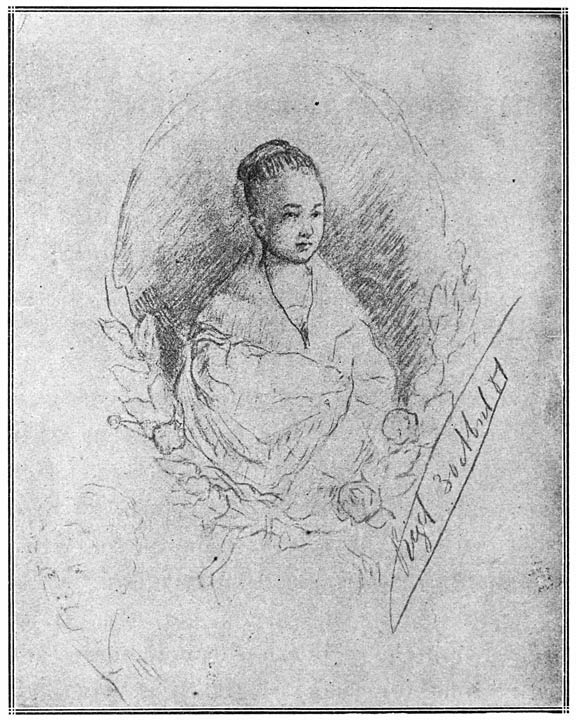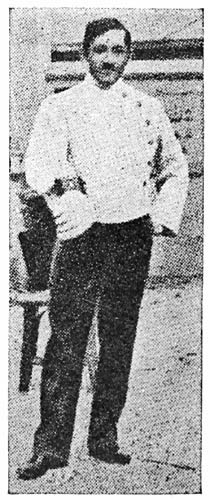THE SPANISH SCHOOLS OF MY BOYHOOD
From the introduction which Doctor Rizal put to his Spanish version of an article on “The Transliteration of Tagalog”. His advocacy of the English style used in other Malay countries as more akin to the genius of Filipino dialects was considered extremely unpatriotic by most Spaniards.

Pencil Sketch of a Manila School Girl.
You perhaps attended a village Spanish school to learn your letters. Possibly, you have had to teach the letters in Spanish to others smaller than yourself. In either case, you must have noticed what I have, that children find great difficulty in mastering certain syllables. These are ca, ce, ci, co, ga, ge, gua, gui, etc. It is because Filipino children do not understand the reasons for such irregularities. Nor do they know the cause for the changes in value of the sounds of certain consonants.

Rizal when he was with Dr. Pardo de Tavera, in Paris, in 1889.
In the old times, blows fell like rain. Many pupils were whipped every day. Sometimes the schoolmaster broke the ferule and sometimes he broke the children’s hands. The first pages of their primers fell to pieces from long and hard use. The children cried. Even the monitors had to suffer at times. Yet those syllables which cost the children so many tears are of no use to them.
Those syllables are necessary only in the learning of Spanish, which language in my time only three boys in a thousand ever really learned. These three learned it in Manila, by hearing Spanish spoken, and by committing to memory book after book. I often wondered what was the use of learning it at all when in the end one spoke only Tagalog. But I kept my wonder to myself. I felt that to try to make reforms in the Philippines at that time would be to embark on a stormy voyage.
After I grew up, I had to write letters in Tagalog. I was shocked at my ignorance of its spelling. I was surprised, too, to find the same word spelled differently in the different works which I consulted. This proved to me how foolish it was to try to write Tagalog in the Spanish way. The spelling in use today by all Filipino scholars is a great improvement over the old style. I want to place the credit for this change where it belongs. These improvements are due to the studies in Tagalog of Dr. T. H. Pardo de Tavera alone. I have only been one of the most zealous champions of the change from the Spanish style.